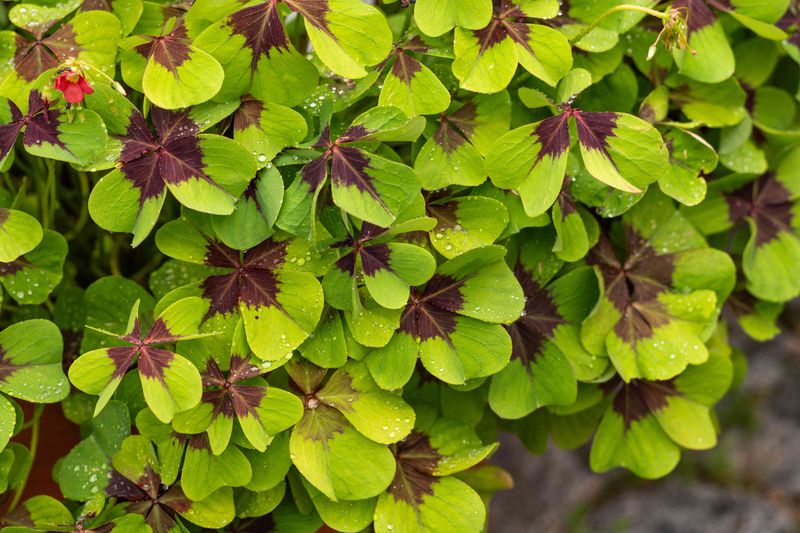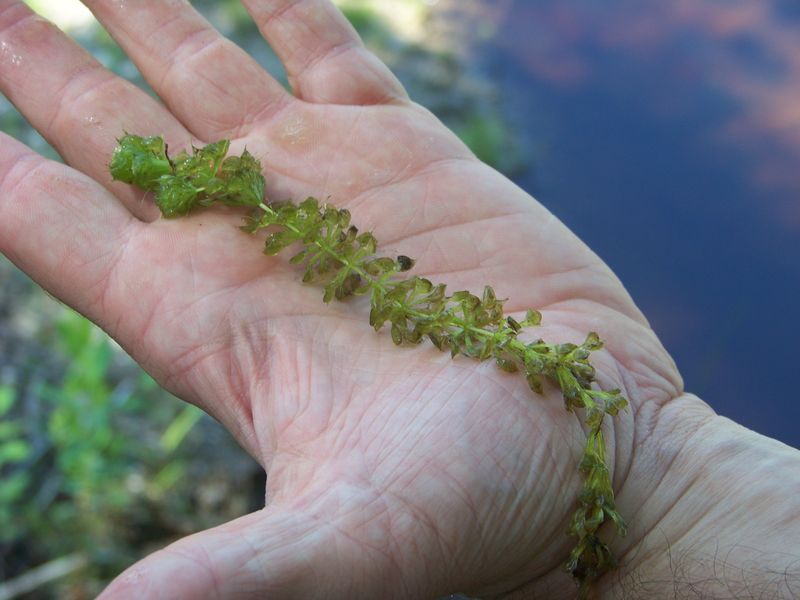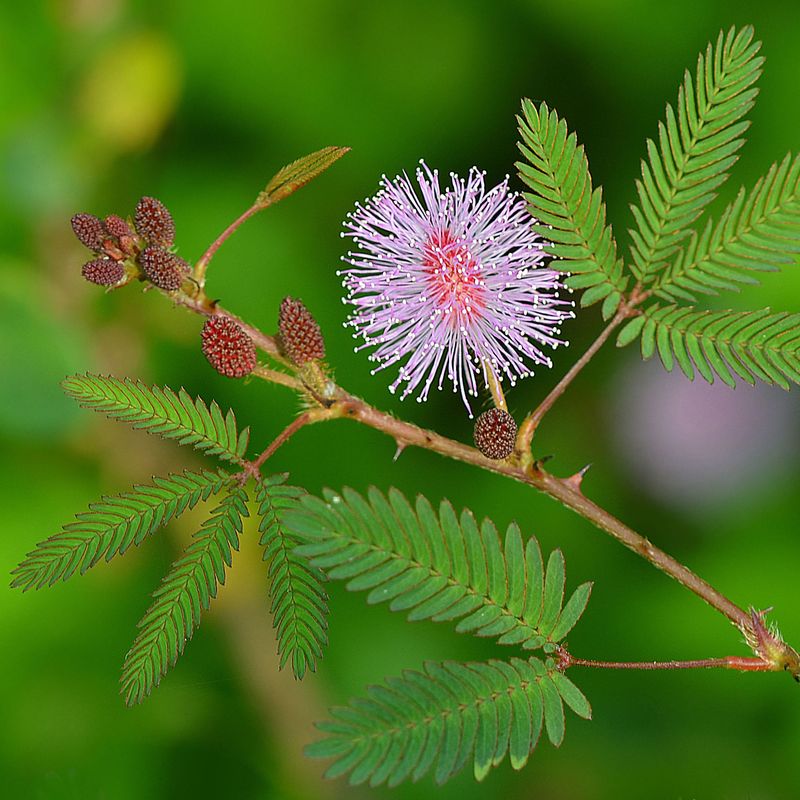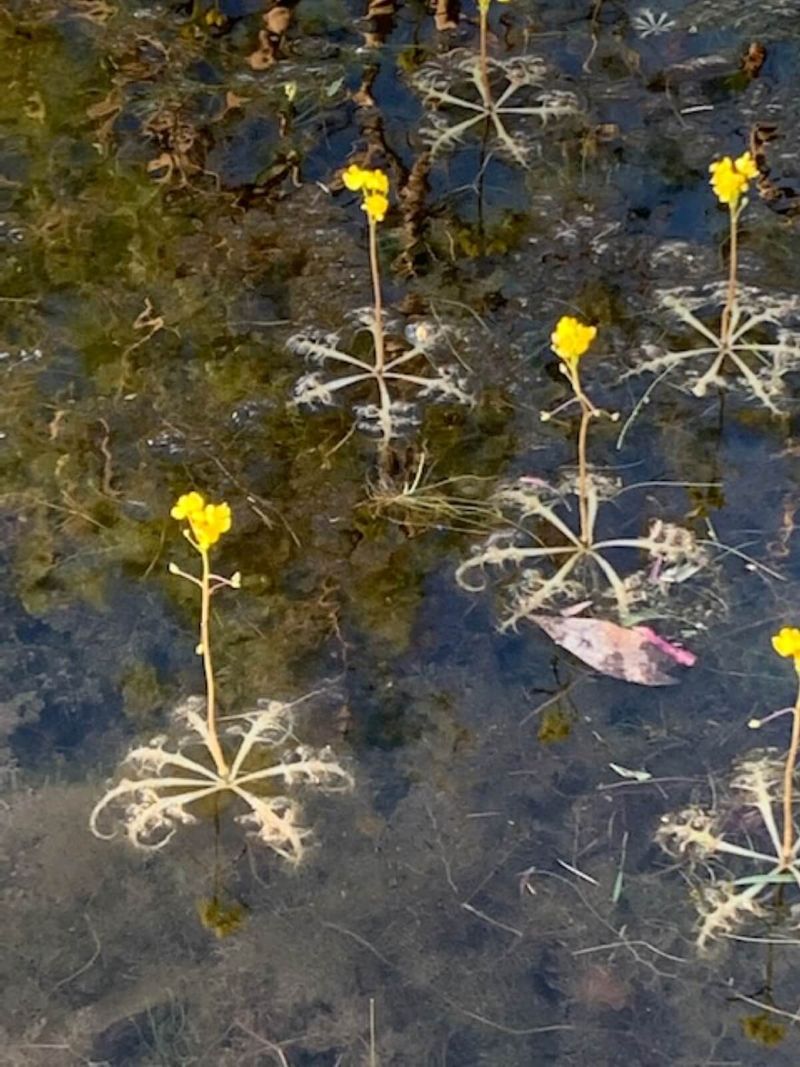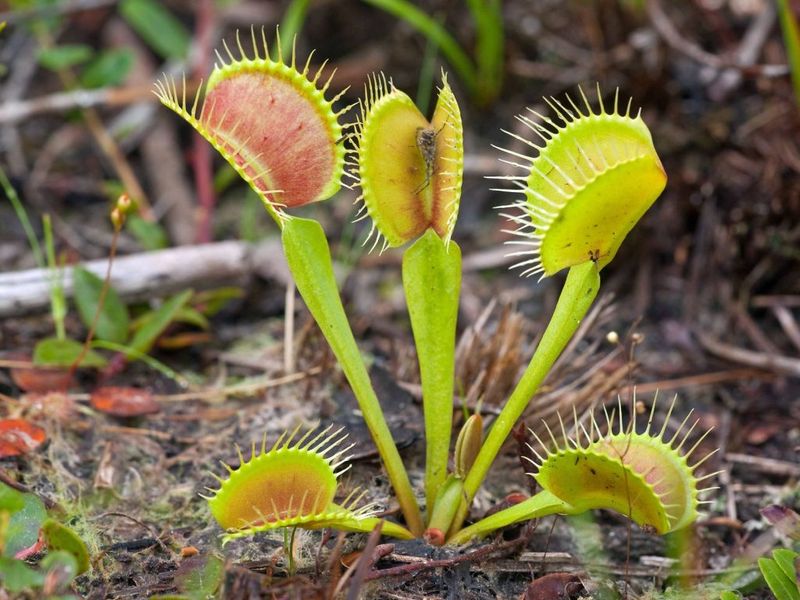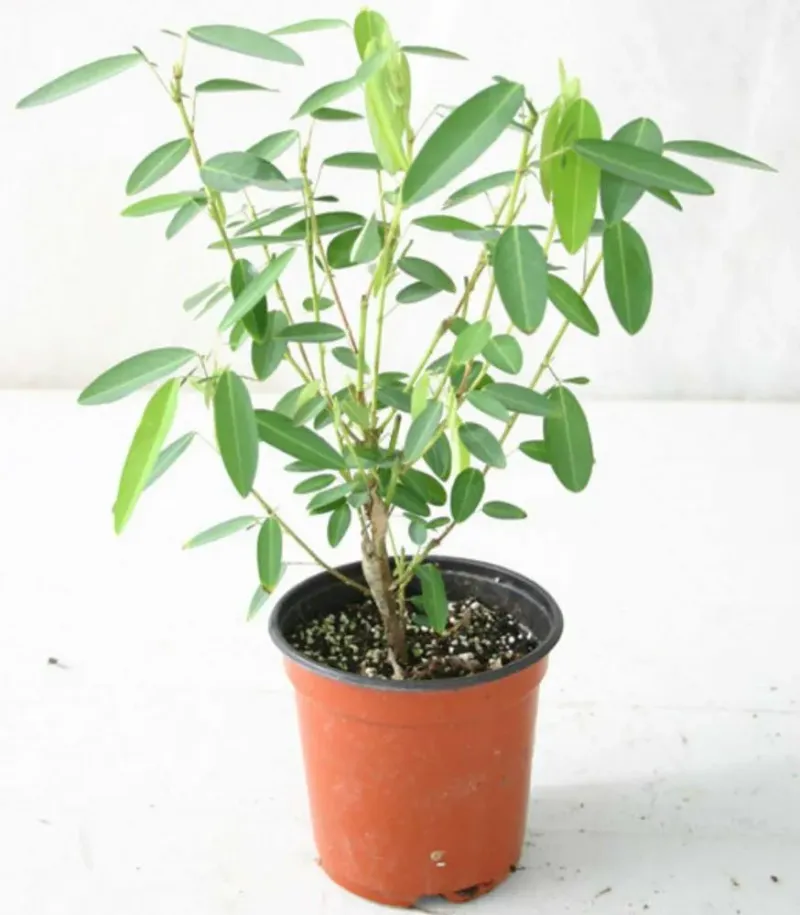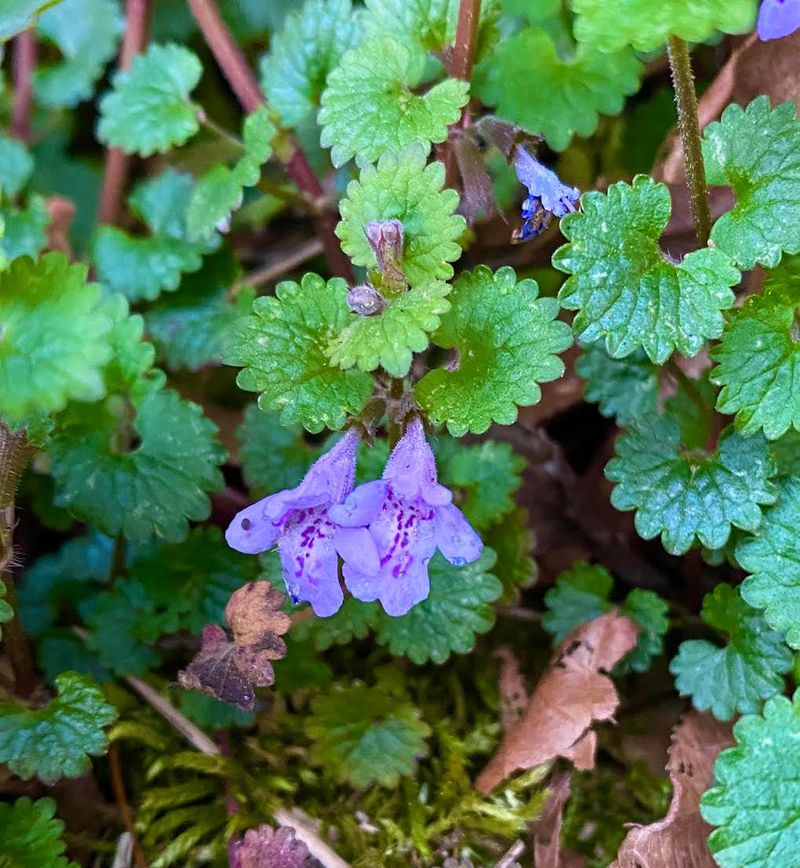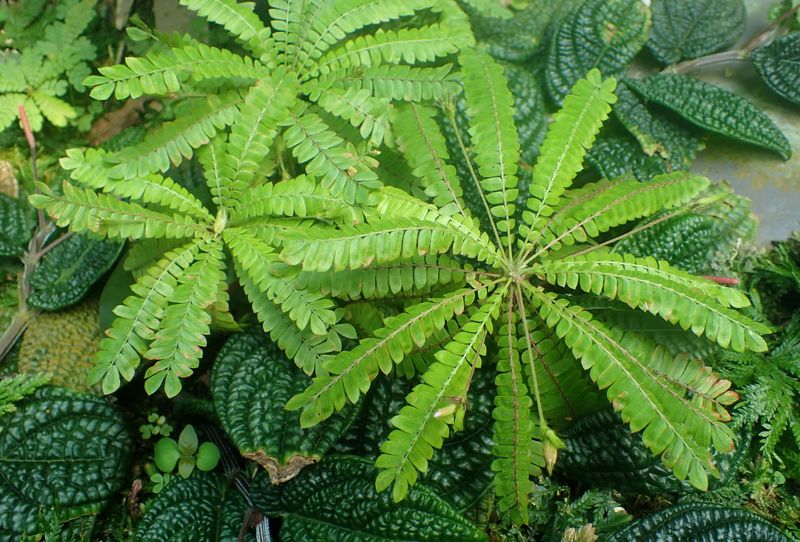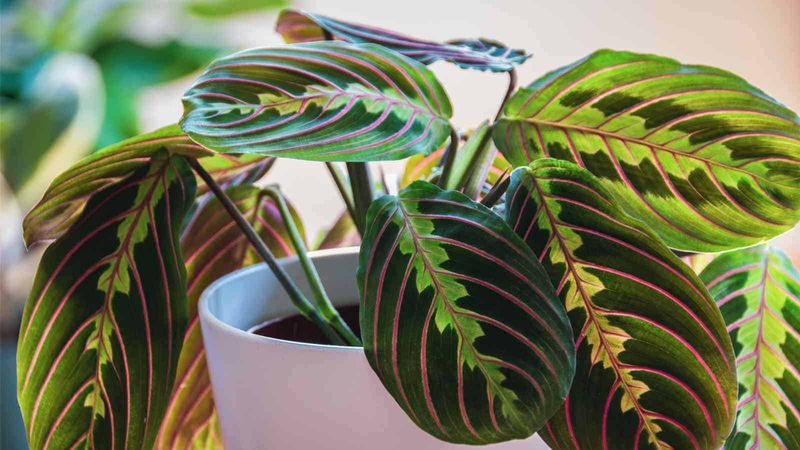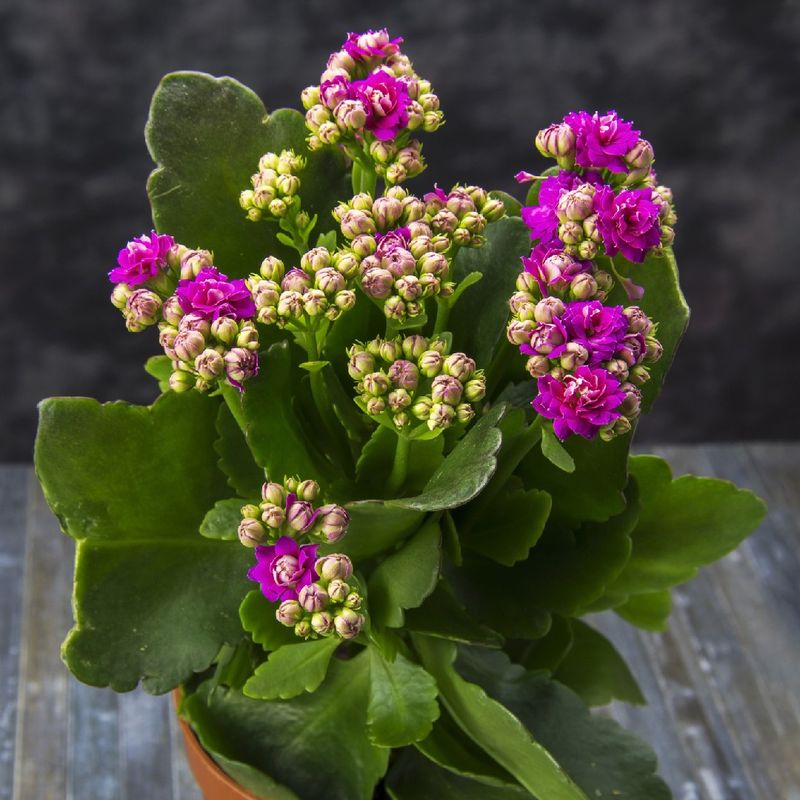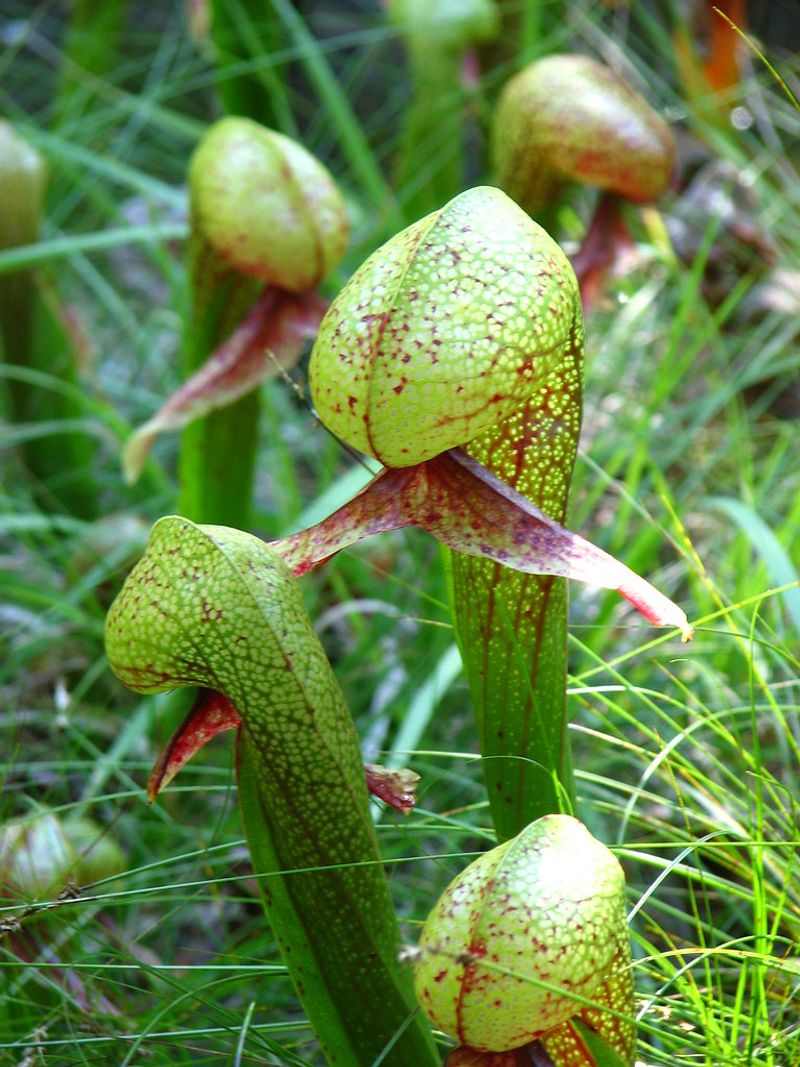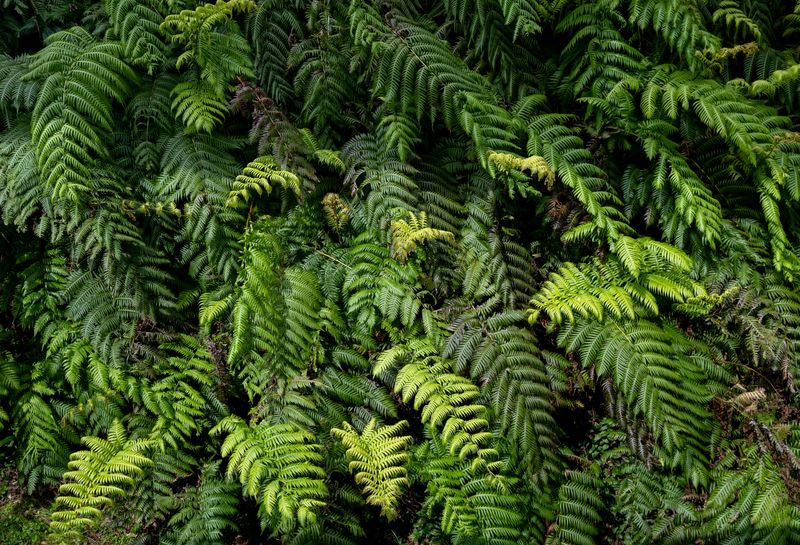Nature never ceases to amaze with its incredible diversity, especially when it comes to plants that defy our expectations. While most plants are known for their stillness, a select few have the remarkable ability to move.
These fascinating flora exhibit movements that range from subtle twitches to dramatic shifts. Embark on an exploration of 16 extraordinary plants that showcase nature’s dynamic side.
From the sensitive mimosa to the carnivorous Venus flytrap, these plants reveal the surprising ways in which life adapts and thrives. Discover how these botanical wonders move and what makes them so unique in the plant kingdom.
1. Tumbleweed
Tumbleweeds are iconic plants known for their unique method of seed dispersal. When mature, the plant detaches from its roots and tumbles across the landscape, driven by the wind.
This movement is essential for spreading seeds over large distances, allowing the plant to colonize new areas. Native to arid regions, Tumbleweeds thrive in environments where other plants struggle to survive.
The rolling motion of Tumbleweeds, often seen in deserts and prairies, is a remarkable adaptation that enables survival and reproduction in harsh conditions, capturing the imagination of those who witness it.
2. Oxalis
Oxalis, also known as Wood Sorrel, is a plant that exhibits nyctinastic movements, where its leaves open and close in response to light. During the day, the leaves spread wide to catch sunlight, while at night, they fold down to conserve energy.
This movement is a survival strategy, maximizing photosynthesis while minimizing water loss. Found worldwide, Oxalis is a common sight in gardens and forests.
The rhythmic opening and closing of Oxalis leaves provide a captivating look at how plants adapt to their environments, making it a favorite among nature enthusiasts.
3. Waterwheel Plant
The Waterwheel Plant is a unique aquatic carnivorous plant that captures prey using wheel-like traps. These underwater traps snap shut in milliseconds, ensnaring tiny aquatic organisms.
Its rapid movement is a rare adaptation among plants, allowing it to thrive in the slow-moving waters where nutrients are scarce. Native to Europe, Asia, Africa, and Australia, the Waterwheel Plant’s efficient trapping mechanism is a wonder of the plant kingdom.
The dynamic and swift nature of this plant’s movement fascinates botanists, highlighting the incredible diversity and adaptability of aquatic plants.
4. Mimosa Pudica
Mimosa pudica, commonly known as the Sensitive Plant, is a fascinating species that reacts to touch. When disturbed, its delicate leaves fold inward and droop, a defense mechanism against predators.
This rapid movement is known as seismonastic movement, triggered by changes in turgor pressure within the plant’s cells.
Native to South and Central America, Mimosa pudica thrives in tropical climates and can be found in gardens worldwide.
It’s a favorite among plant enthusiasts and children alike, who delight in watching its leaves respond to their touch. This plant’s unique reaction continues to intrigue botanists and casual observers alike.
5. Bladderwort
Bladderworts are fascinating carnivorous plants that capture prey with bladder-like traps. These underwater traps open and close with incredible speed, sucking in tiny aquatic organisms such as insects and larvae.
This movement is a marvel of natural engineering, allowing the plant to thrive in nutrient-poor aquatic environments. Found in freshwater habitats worldwide, Bladderworts are a testament to nature’s adaptability.
Their ability to capture prey with such precision and speed makes Bladderworts an intriguing subject for study and observation, showcasing the wonders of plant movement.
6. Venus Flytrap
The Venus Flytrap is one of the most famous carnivorous plants, known for its jaw-like leaves that snap shut on unsuspecting prey. This mechanism is a clever adaptation to nutrient-poor soil, supplementing its diet with insects.
When an insect brushes against its trigger hairs, the trap closes rapidly, often within a fraction of a second. Once closed, the plant secretes digestive enzymes to break down the prey, absorbing nutrients essential for growth.
Found mostly in the subtropical wetlands of the East Coast of the United States, this plant captivates with its dramatic and deadly movement.
7. Sundew
Sundews are remarkable carnivorous plants that lure insects with their sticky, glistening mucilage. These droplets resemble morning dew, enticing unsuspecting prey to approach. Once an insect is trapped, the plant’s tentacle-like structures slowly curl around it, ensuring it cannot escape.
The Sundew’s movement is a graceful yet deadly dance, allowing it to digest its prey over time. Found in acidic soils across the globe, this plant showcases nature’s ingenuity in adapting to challenging environments.
The captivating movement of Sundews makes them a subject of fascination for botanists and nature lovers.
8. Telegraph Plant (Dancing Plant)
The Telegraph Plant, also known as the Dancing Plant, is renowned for its leaves that move in response to light and sound. Native to South and Southeast Asia, its small lateral leaflets rotate on their axes, creating a dancing effect.
This movement is a type of circadian rhythm, influenced by environmental stimuli. It serves no known survival purpose but continues to intrigue scientists and plant enthusiasts.
The Telegraph Plant’s unique ability to move rhythmically makes it a popular choice for those interested in the mysterious and mesmerizing world of plant behavior.
9. Desmodium Gyrans
Desmodium Gyrans, often called the Dancing Grass, is a remarkable plant known for its rhythmic leaf movements. The small lateral leaflets of this plant move up and down in a slow, deliberate motion, a response that is not fully understood by botanists.
Native to Asia, this plant thrives in warm, tropical climates. Its movements are believed to be a response to temperature and light, showcasing a fascinating adaptation to its environment.
Desmodium Gyrans captivates those who observe it, offering a glimpse into the dynamic and often hidden movements of the plant world.
10. Creeping Ivy
Creeping Ivy, known for its ability to climb and spread across surfaces, showcases a slow yet powerful form of plant movement. Using specialized structures called holdfasts, it secures itself to walls, trees, and fences.
This movement is not just for support; it allows the plant to reach sunlight and nutrients in competitive environments. Native to Europe, Creeping Ivy is a common sight in gardens and urban areas.
Its ability to move and adapt to different surfaces makes it both a desirable ornamental plant and, at times, an invasive species that requires careful management.
11. Biophytum Sensitivum
Biophytum Sensitivum, a lesser-known relative of the Mimosa, exhibits touch-sensitive movements. Its compound leaves fold inward when touched, a defense mechanism that deters herbivores and minimizes damage.
This movement is both rapid and reversible, allowing the plant to recover quickly once the threat has passed. Native to tropical regions, Biophytum Sensitivum thrives in humid conditions.
The plant’s ability to react to touch fascinates botanists and gardeners, offering insight into the complex world of plant movement and interaction with their surroundings.
12. Prayer Plant
The Prayer Plant, named for its unique leaf movements, raises its leaves to an upright position at night, resembling hands in prayer. This nyctinastic movement is a response to the light-dark cycle.
During the day, the leaves lay flat to maximize sunlight absorption, a clever adaptation for photosynthesis. As night falls, the leaves fold up, a process believed to conserve moisture and energy.
Native to the tropical forests of Brazil, the Prayer Plant’s rhythmic movements and striking appearance make it a popular houseplant, admired for both its beauty and behavior.
13. Kalanchoe
Kalanchoe plants, particularly the species known as Mother of Thousands, exhibit unique vegetative movement. Tiny plantlets form along the edges of each leaf, eventually detaching and taking root nearby.
This form of asexual reproduction allows the plant to spread rapidly, a survival strategy in its native habitats of Madagascar. The movement of these plantlets as they fall and grow is a silent testament to the ingenuity of plant reproduction.
Kalanchoe’s ability to self-propagate makes it a popular choice for gardeners, who appreciate both its beauty and its fascinating reproductive behavior.
14. Cobra Lily
The Cobra Lily, also known as the California Pitcher Plant, is a carnivorous plant with an intriguing method of trapping prey. Its tubular leaves resemble a cobra, complete with a hood that guides unsuspecting insects into its depths.
Once inside, the insect finds itself unable to escape the slippery walls, eventually succumbing to exhaustion. The plant then absorbs nutrients from the decaying prey, supplementing its diet in nutrient-poor environments.
Found in the bogs of Northern California and Oregon, the Cobra Lily’s movement and trapping mechanism continue to captivate those who study plant behavior.
15. Eelgrass
Eelgrass, or Zostera, is a marine plant that dances beneath the waves. It’s not just the ocean currents that make it move; eelgrass has a unique adaptation that allows it to sway and bend, minimizing damage from the forceful water.
The movement of eelgrass is essential for maintaining healthy aquatic ecosystems. It provides habitat and food for numerous marine creatures, from tiny invertebrates to larger fish.
By stabilizing the seabed, eelgrass reduces erosion and improves water clarity. Its dynamic presence is a testament to the intricate balance of marine life.
16. The Wandering Fern
In the heart of misty rainforests, the Wandering Fern spreads its spores with calculated grace. Its fronds sway rhythmically, releasing these carriers of life.
The fern’s journey is one of exploration, as spores drift to fertile grounds. This cycle of movement ensures the fern’s legacy continues.
Each spore, a tiny wanderer, embarks on a quest for growth. It’s a quiet ballet of survival, orchestrated by nature’s hand. The Wandering Fern illustrates the profound reach of plant movement, transcending its rooted existence.


